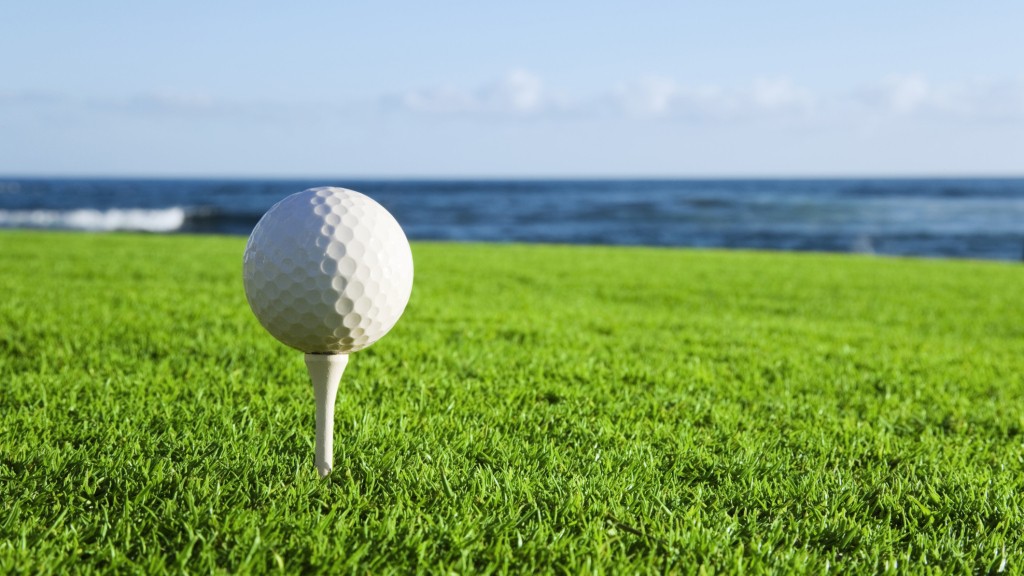USGTF professionals are expected to be knowledgeable not only in teaching the game, but in being able to analyze a student’s equipment to determine if it is the right fit. An overlooked aspect of equipment fitting is the golf ball itself.
Generally, balls come in two broad categories: tour-caliber balls and recreation-caliber balls. Tour-caliber balls have high spin rates off the short irons and low spin rates with the longer clubs, while recreation-caliber balls tend to have lower spin rates with all clubs. When fitting a ball to a student’s game, the first thing they should be asked is if they want more control into the greens and more spin on chips and pitches, or more accuracy. Since recreation-caliber balls spin less, they will also have less sidespin on hooks and slices. However, there are some balls in the recreation category that spin almost as much as urethane-covered tour-caliber balls, so testing on a launch monitor should be done to check specific models. If a launch monitor isn’t available, testing golf balls around the green on chips and pitches can suffice, as well as testing them during a casual round of golf.
Tour-caliber balls generally come in softer and firmer feels, the latter usually designated by an “X,” as in Titleist’s ProV1 and ProV1x, Callaway’s Chrome Soft and Chrome Soft X, and Bridgestone’s B and BX. The X balls generally fly higher and have slightly more spin with the irons. For recreation-caliber balls, they generally come in “distance” or “soft” designations. Distance balls are often the least expensive on the market and are good for players who can’t break 100 which, believe it or not, constitute the majority of golfers. Despite the fact that distance balls are the firmest and are designed mainly for distance, the fact is today they are not appreciably longer than any other ball on the market, including tour-caliber balls, although they will in most cases be noticeably longer with the irons due to their lower spin rates.
The next time you analyze a student’s equipment, check out the ball they’re playing and make the appropriate recommendations.
By Mark Harman, USGTF National Course Director
Copyright © 2023 United States Golf Teachers Federation, All Rights Reserved
200 S. Indian River Drive, Suite #206, Fort Pierce, FL 34950
772-88-USGTF or 772-595-6490 - www.usgtf.com
200 S. Indian River Drive, Suite #206, Fort Pierce, FL 34950
772-88-USGTF or 772-595-6490 - www.usgtf.com

